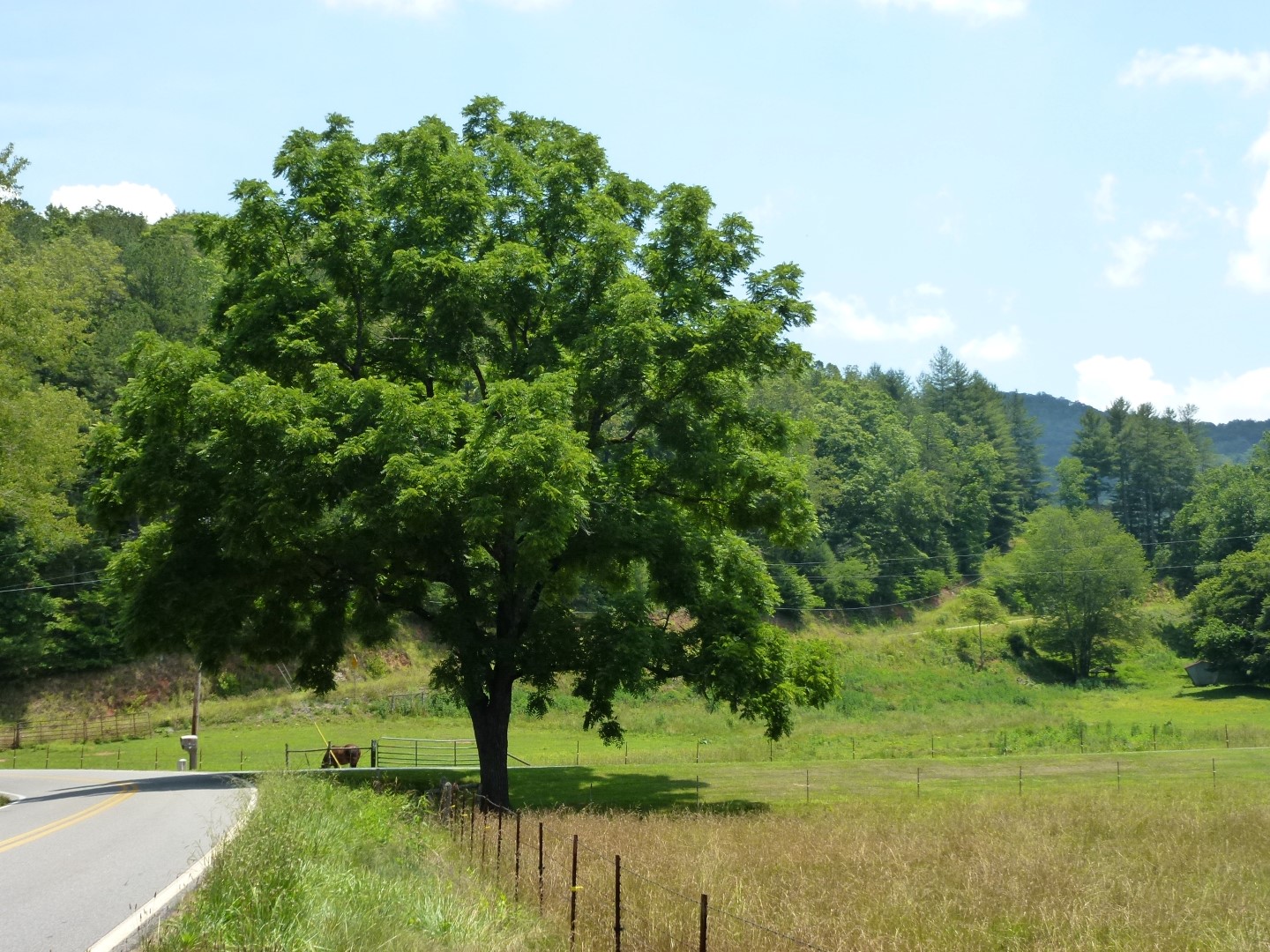
Juglans nigra Noyer noir Van den Berk Pépinières
SPECIES: Juglans nigra GENERAL BOTANICAL CHARACTERISTICS : Black walnut is a native, deciduous tree that can grow to a height of 125 feet (38 m) but ordinarily grows to around 80 feet (25 m) [, 43 ]. Black walnut develops a long, smooth trunk and a small rounded crown when growing in the forest.
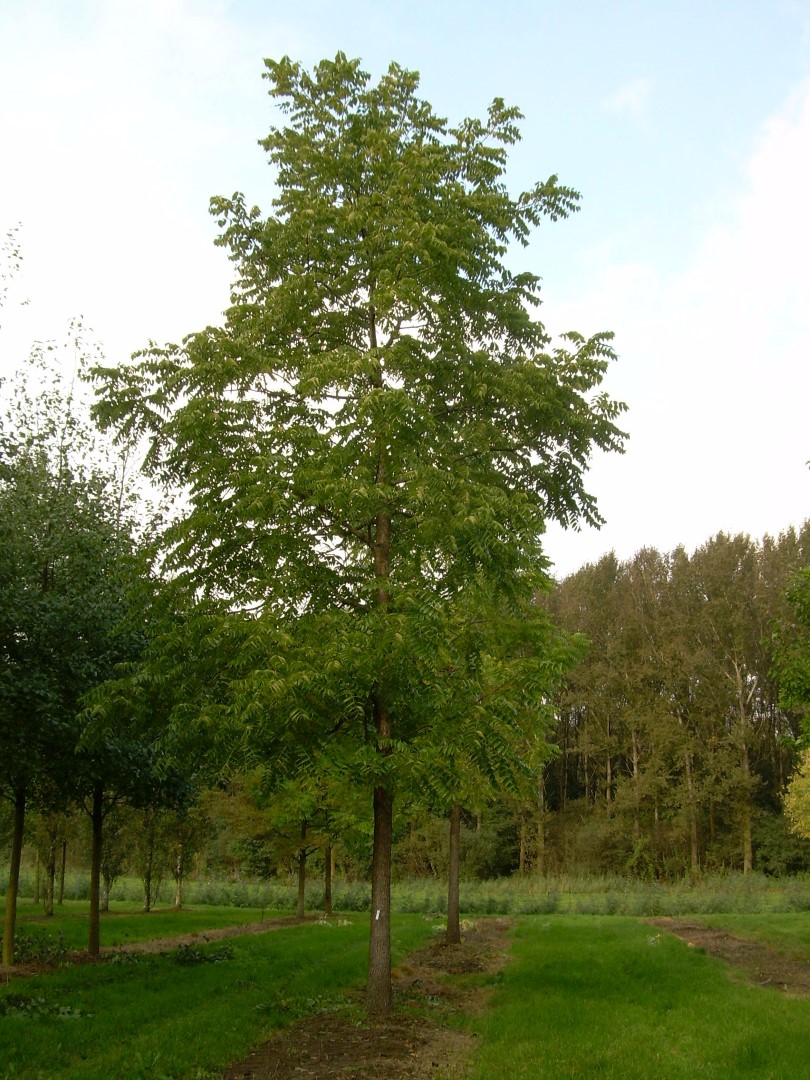
Juglans nigra Noyer noir Van den Berk Pépinières
Plant Guide BLACK WALNUT Juglans nigra L. Plant Symbol = JUNI Contributed by: USDA NRCS National Plant Data Center Robert Mohlenbrock @ PLANTS Uses Ethnobotanic: The bark of black walnut was used by many native groups, including the Cherokee, in tea as a laxative and chewed for toothaches.
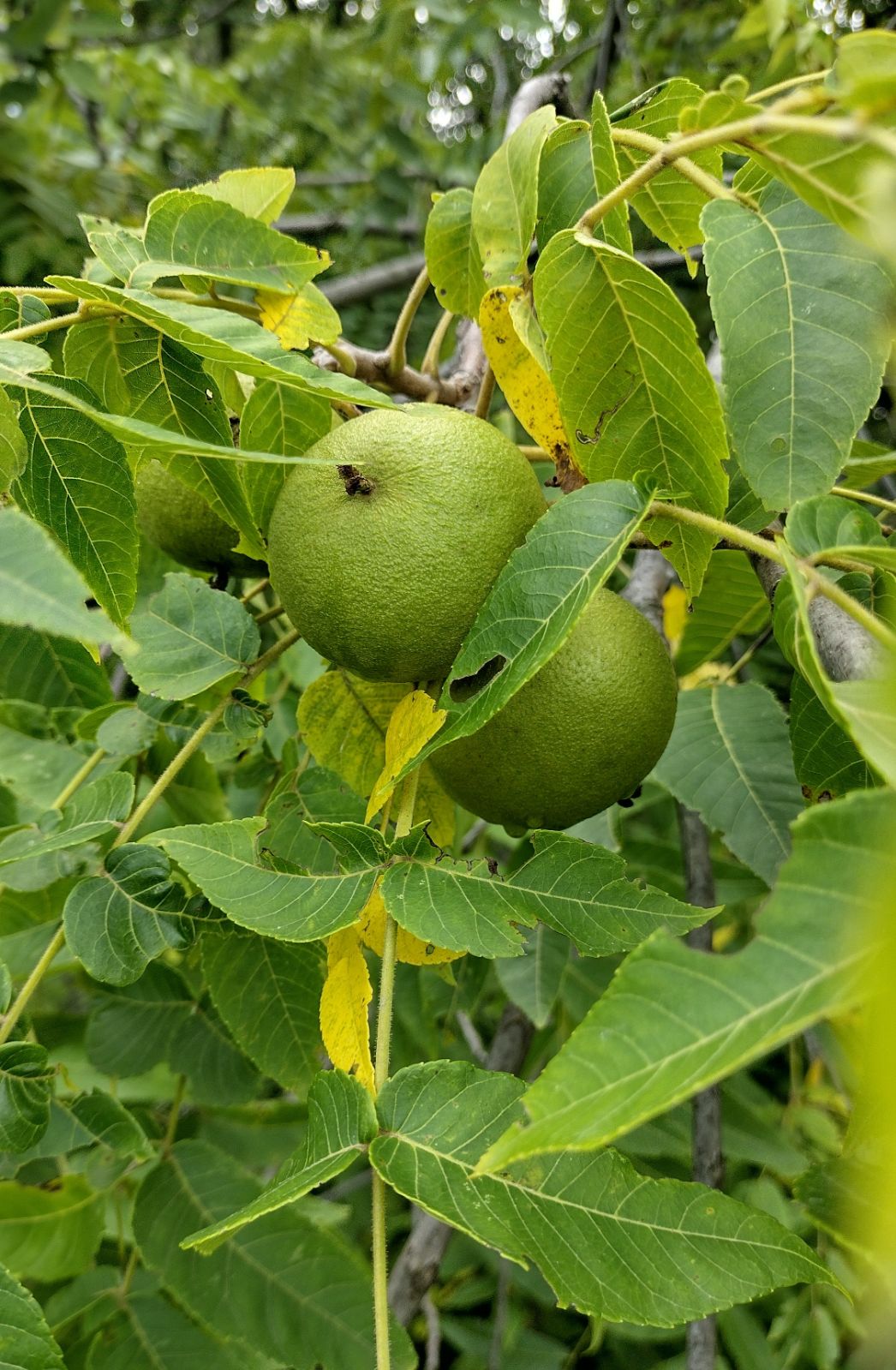
Juglans nigra Trees and Shrubs Online
Juglans nigra L. black walnut. Data Source. Last Revised by: USDA NRCS National Plant Data Team. Curated and maintained by: USDA NRCS National Plant Data Team. Data Documentation. The PLANTS Database includes the following 67 data sources of Juglans nigra L. - Showing 1 to 25.

Juglans nigra (Juglandaceae) image 1339 at PhytoImages.siu.edu
Juglans nigra, the eastern American black walnut, is a species of deciduous tree in the walnut family, Juglandaceae, native to North America. It grows mostly in riparian zones, from southern Ontario, west to southeast South Dakota, south to Georgia, northern Florida and southwest to central Texas.

Juglans nigra in Roath Park Botanic Garden
3. Juglans nigra L. N│E C. black walnut. Wallia nigra (L.) Alef. • CT, MA, ME, NH, RI, VT. Roadsides, yards, field edges, deciduous forests. This species is certainly not native to most of New England; however, it is possibly native to some CT counties (fide Dowhan 1979; including Litchfield County) and should receive conservation focus.
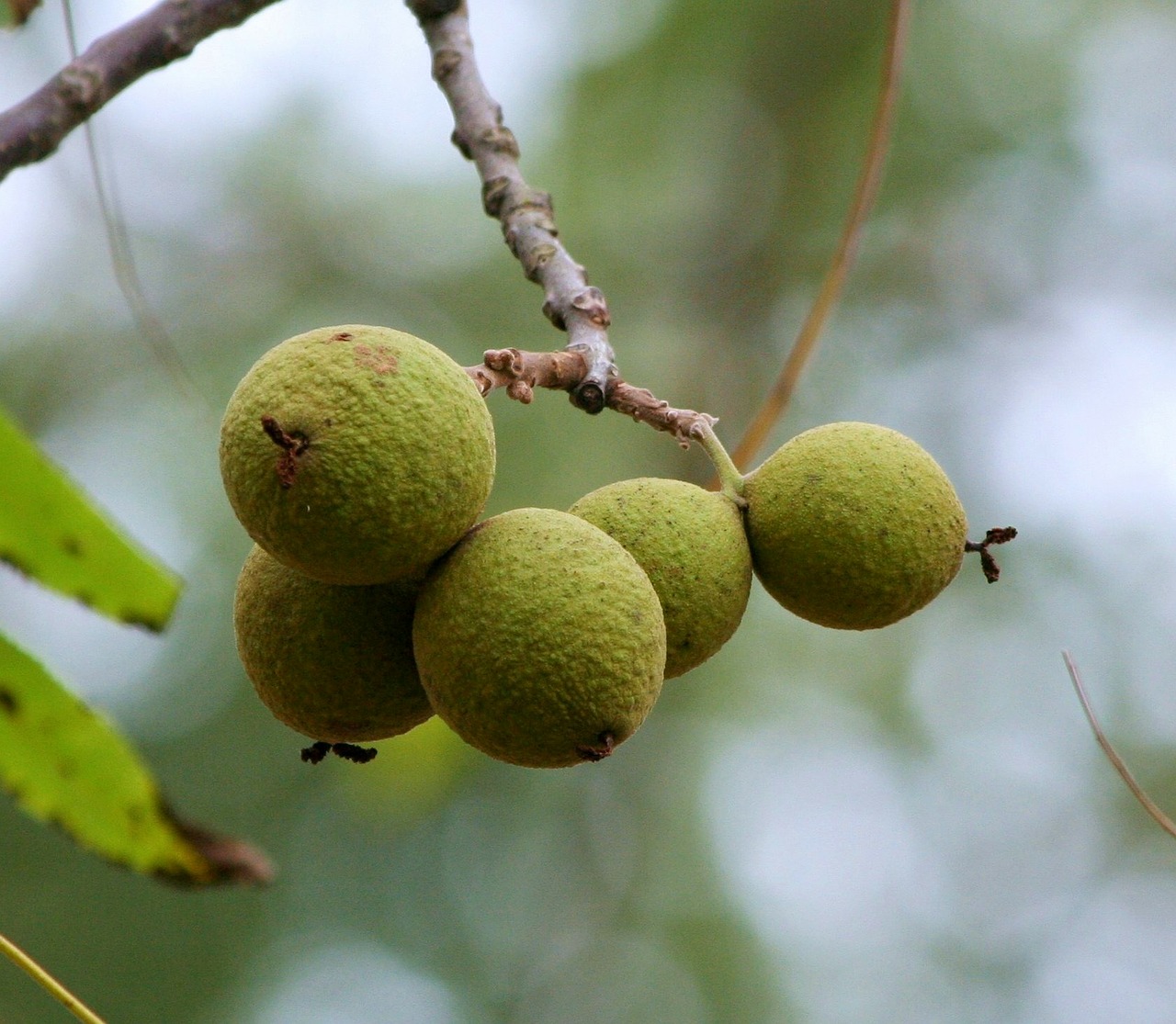
Black Walnut Trees (Juglans nigra) The Curious Bee Garden Nursery
Print Juglans nigra Jump to a section: Classification | Citation | Source | Synonyms Distribution Map | Photo Slideshow | Photo Gallery Distribution Map: Based on vouchered plant specimens only. View county names by placing the mouse cursor over a particular county. ** Not applicable or data not available. Classification Citation
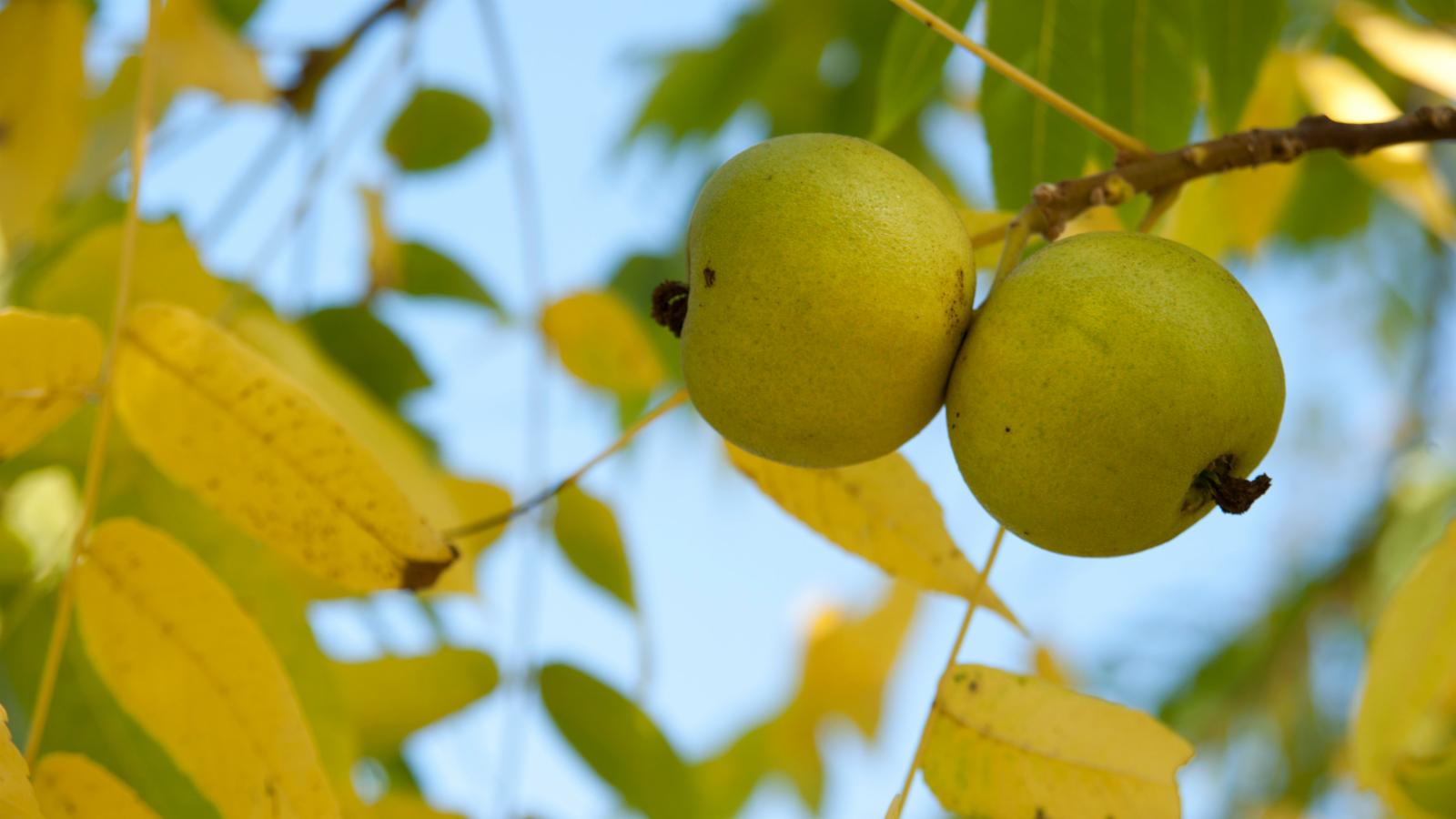
Juglans nigra L. Plants of the World Online Kew Science
Juglans nigra L. First published in Sp. Pl.: 997 (1753) This species is accepted The native range of this species is SE. Canada to Central & E. U.S.A. It is a tree and grows primarily in the temperate biome. Taxonomy Images General information Distribution Synonyms Publications Other data Distribution KBD Native to:
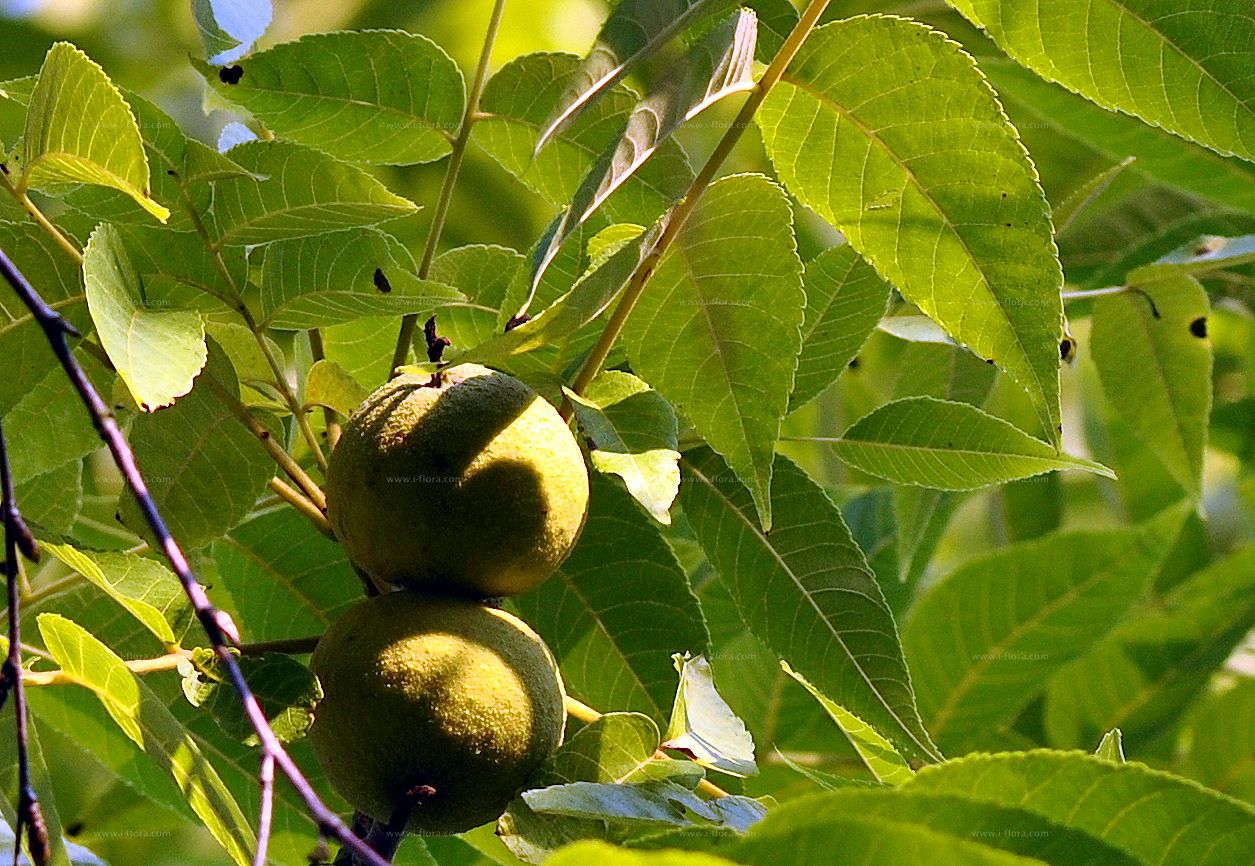
Stammbaum Schwarze Walnuss (Juglans nigra L.)
Juglans nigra, commonly known as Black Walnut as the nuts and husks can make a dark stain, is an extremely valuable and attractive forest tree. It is a member of the walnut family (Juglandaceae) and is native to a broad swath of central and eastern North America.

Juglans nigra (black walnut) Go Botany
16 Citations Explore all metrics Abstract Black walnut ( Juglans nigra L.) is a light-demanding, competition-intolerant, and tall forest tree species, introduced in Europe from North America at the beginning of the seventeenth century.

Juglans nigra (black walnut) Go Botany
Summary Bloom Color: Unknown. Main Bloom Time: Early spring, Late spring, Mid spring. Form: Rounded. Physical Characteristics Juglans nigra is a deciduous Tree growing to 30 m (98ft) by 20 m (65ft) at a fast rate. See above for USDA hardiness. It is hardy to UK zone 4 and is not frost tender.
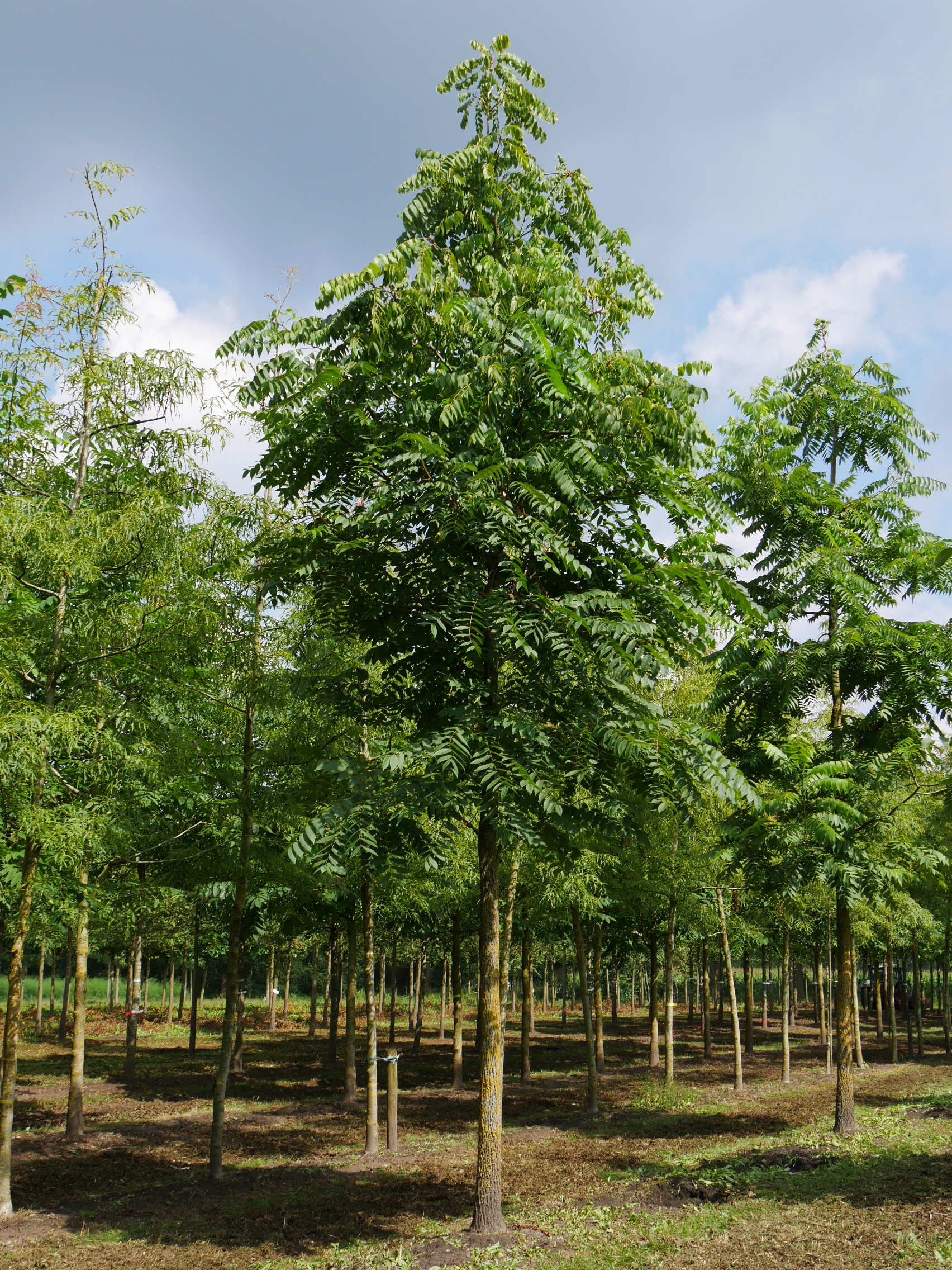
Juglans nigra Noyer noir Van den Berk Pépinières
Juglans nigra L. Juglandaceae -- Walnut family Robert D. Williams (Juglans nigra), also called eastern black walnut and American walnut, is one of the scarcest and most coveted native hardwoods. Small natural groves frequently found in mixed forests on moist alluvial soils have been heavily logged.
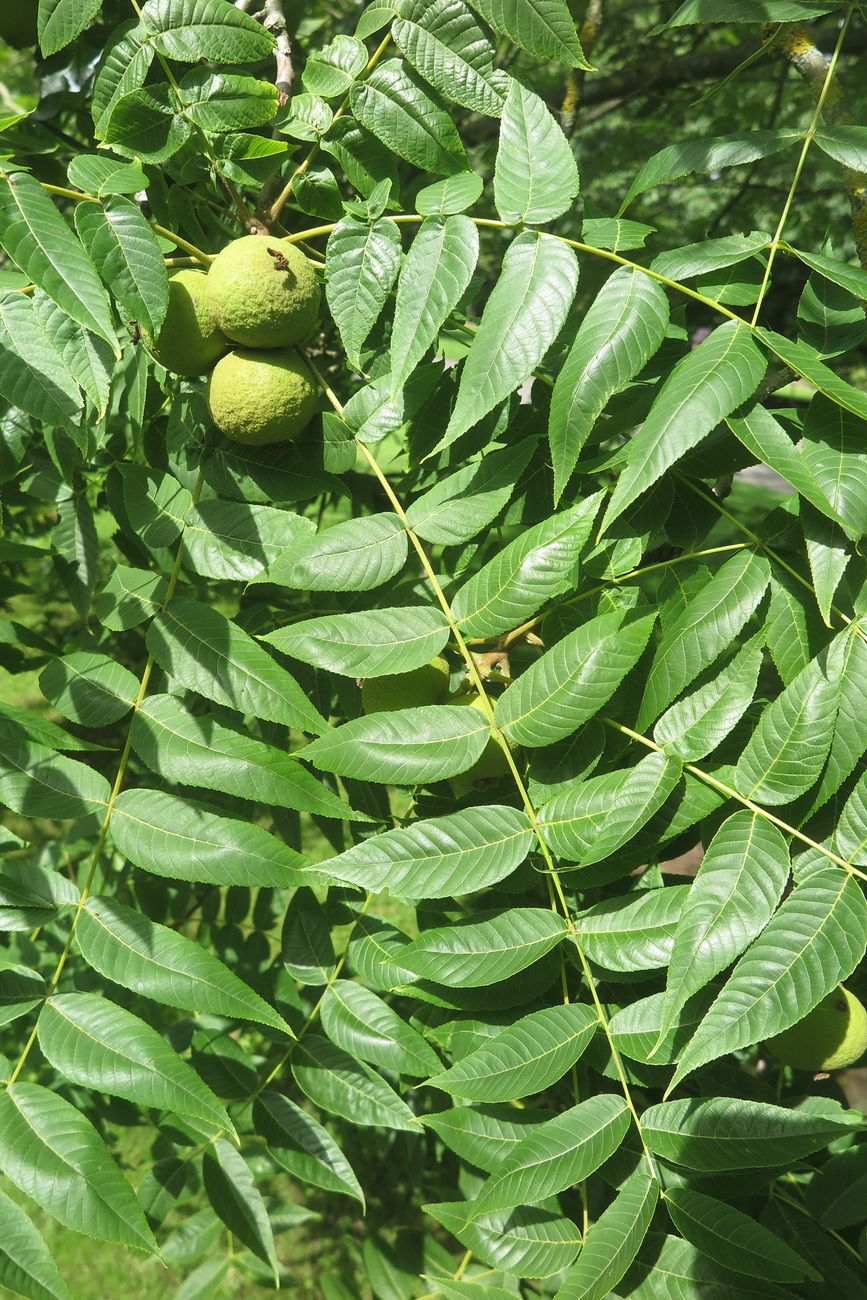
Juglans nigra L. Plants of the World Online Kew Science
Juglans nigra L. Explore the data Find out about Check a plant name Browse Classification Browse Images Contribute Data Download Data Local Descriptions Other Local Names Cite taxon page as 'WFO (2023): Juglans nigra . Published on the Internet; http://www.worldfloraonline.org/taxon/wfo-0000355126 .

Juglans nigra Fourth Corner Nurseries
A parallel but underutilized opportunity in North American involves incorporating eastern black walnut (Juglans nigra L.) cultivars into alley cropping systems (ACS). Eastern black walnut, henceforth referred to as black walnut, is native to North America and exhibits architectural and phenological characters for reduced competition with winter.
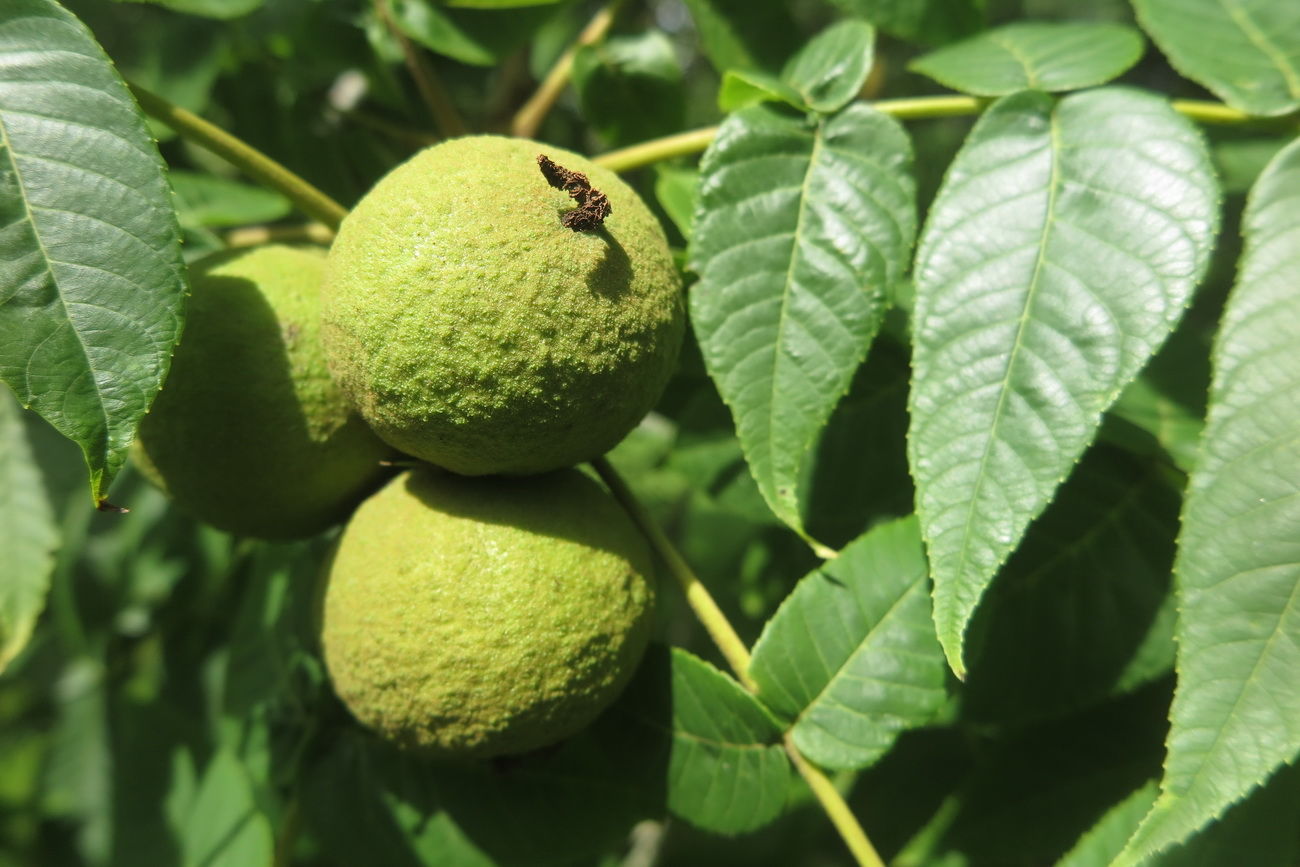
Juglans nigra L. Plants of the World Online Kew Science
Introduction. Juglans nigra L., commonly referred to as black walnut, is an ecologically and economically important tree species in the United States, valued for its timber and edible nuts (Michler et al., 2007; Newton et al., 2009).The native range of J. nigra encompasses parts of the midwestern and eastern United States and landscape plantings occur widely throughout the western United States.
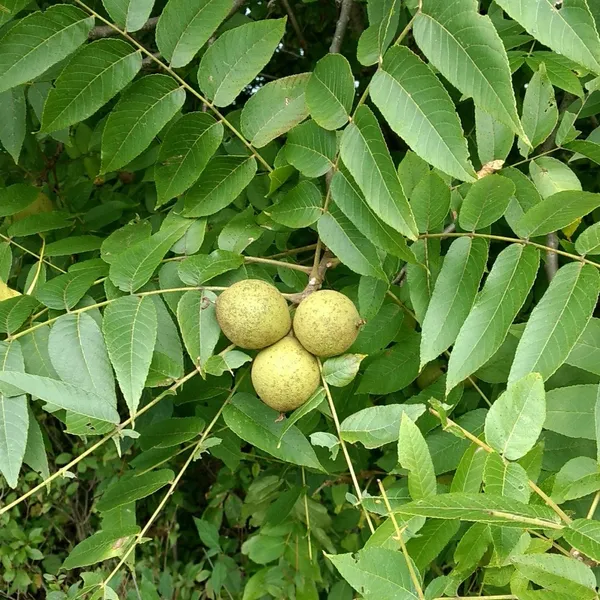
Nogal negro (Juglans nigra) PictureThis
Juglans nigra L., commonly referred to as black walnut, is an ecologically and economically important tree species in the United States, valued for its timber and edible nuts (Michler et al.,2007;Newton et al.,2009). The native range of J. nigra encompasses parts of the midwestern and eastern United States
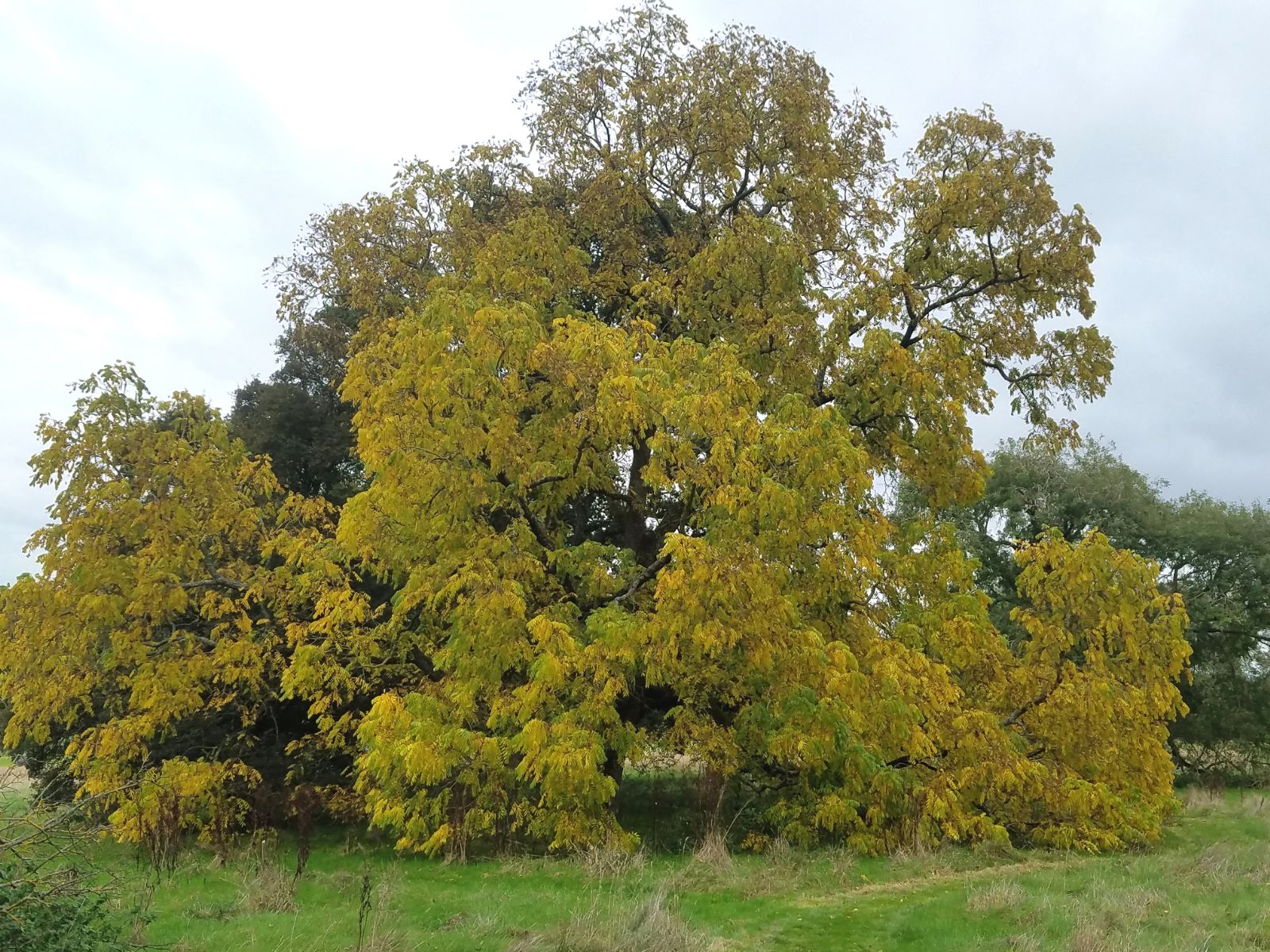
Juglans nigra Trees and Shrubs Online
Abstract Juglans nigra (black walnut) is widely distributed throughout the US eastern forest, with high concentrations occurring in Missouri and the Ohio and Tennessee River basins. It is an extremely desirable tree for wildlife forage and timber production on forest land, and for shade, aesthetics, and wildlife forage in urban areas.